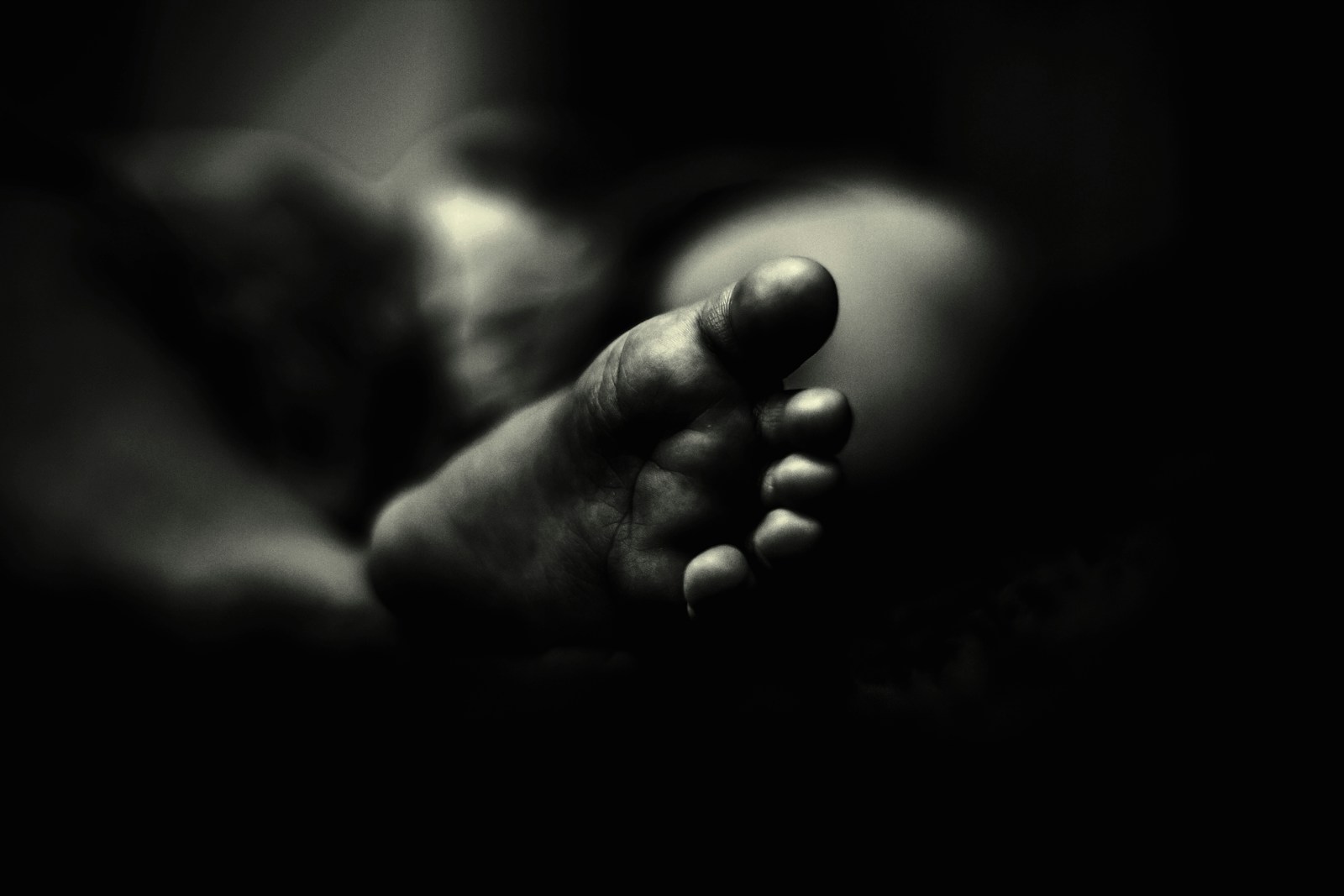Breakthrough research sheds light on Sudden Infant Death Syndrome, offering hope for early detection and prevention.
Key Points at a Glance
- Researchers identify a biomarker that could help predict an infant’s risk for SIDS.
- The study highlights a deficiency in butyrylcholinesterase (BChE) enzyme levels in affected infants.
- Early detection could allow for preventive measures to protect vulnerable babies.
- SIDS remains a leading cause of death in infants under one year old.
- The findings pave the way for future studies and potential medical interventions.
A groundbreaking discovery may offer a path to identifying infants at risk for Sudden Infant Death Syndrome (SIDS), a leading cause of death in babies under one year old. Researchers from UVA Health have pinpointed a biomarker that could allow for early detection and, potentially, life-saving interventions.
The study centers on the enzyme butyrylcholinesterase (BChE), which plays a critical role in the brain’s ability to regulate autonomic functions, such as breathing and heart rate. The researchers discovered that infants who succumbed to SIDS had significantly lower levels of BChE compared to healthy babies. This deficiency, they believe, compromises the baby’s ability to wake up or respond to environmental stressors, such as breathing difficulties during sleep.
Dr. Kathleen S. Freilich, the lead researcher, explains, “This discovery provides a crucial piece of the puzzle. By identifying infants with low BChE levels, we can focus on preventive strategies that could save lives.”
The study examined blood samples from infants who had died of SIDS and compared them to samples from healthy infants. The consistent finding of reduced BChE activity in SIDS cases suggests a strong link between the enzyme and the syndrome. The research team believes that these results could inform the development of a simple blood test to screen newborns for SIDS risk factors.
SIDS, often referred to as “crib death,” is a sudden and unexplained phenomenon that occurs during sleep. Despite decades of research, the underlying causes have remained elusive, frustrating both scientists and families. This new finding marks a significant step forward in understanding the syndrome’s biological underpinnings.
In addition to identifying the biomarker, the study emphasizes the importance of safe sleep practices. “While this discovery is promising, parents and caregivers should continue to follow established guidelines for reducing SIDS risk,” Dr. Freilich advises. These include placing babies on their backs to sleep, using a firm mattress without loose bedding, and avoiding overheating.
The implications of this research extend beyond detection. By uncovering the role of BChE in SIDS, scientists may eventually develop treatments or interventions to correct the enzyme imbalance in at-risk infants. For now, the focus is on validating these findings through larger studies and exploring practical applications for newborn screening programs.
The potential to prevent SIDS could have a profound impact on families worldwide. Each year, thousands of infants are lost to this silent tragedy, leaving parents and caregivers searching for answers. The promise of a future where these deaths can be prevented offers hope and a renewed sense of urgency for continued research.
“This discovery brings us closer to unraveling the mystery of SIDS,” says Dr. Freilich. “It’s a monumental step toward protecting the most vulnerable among us.”
